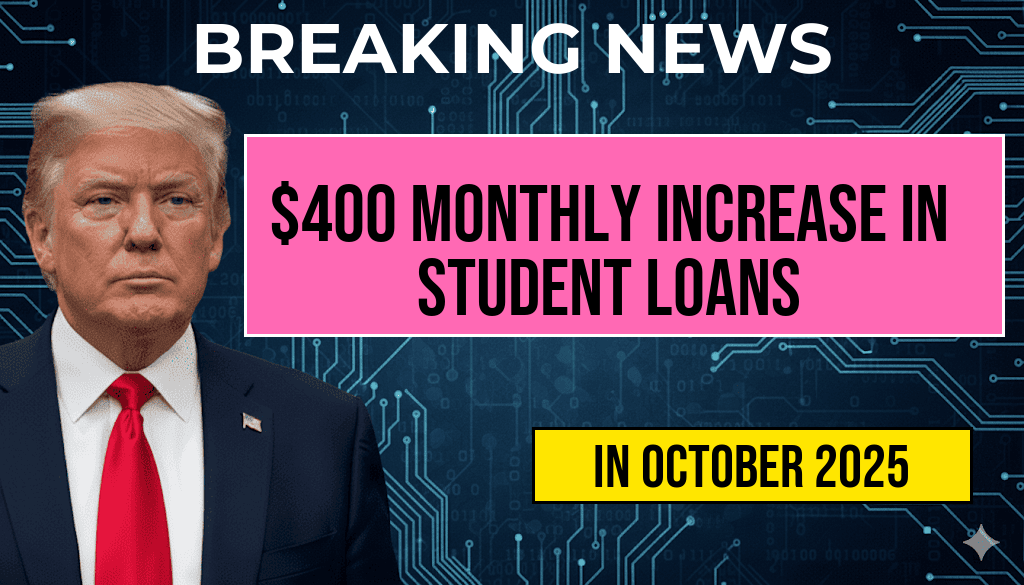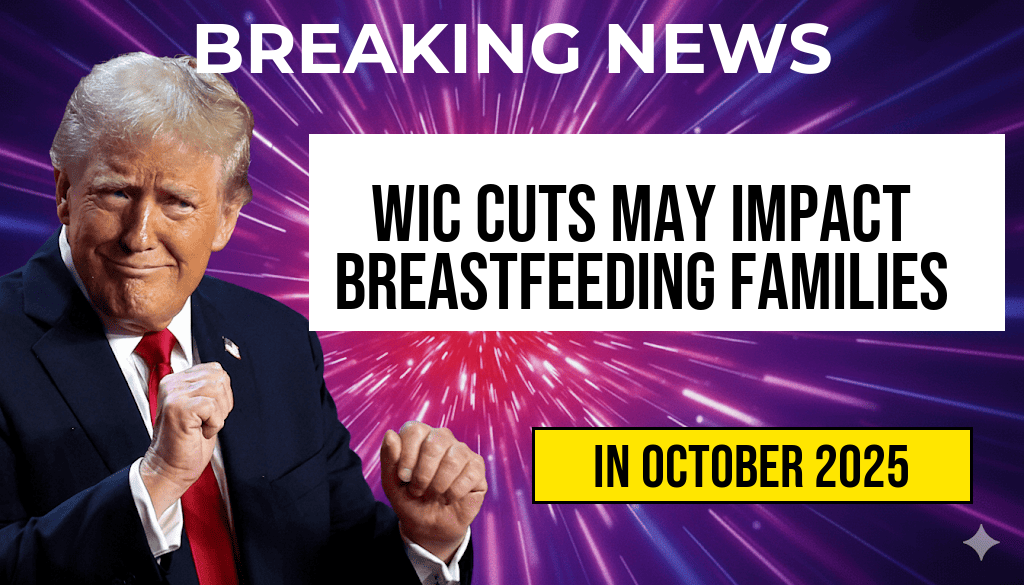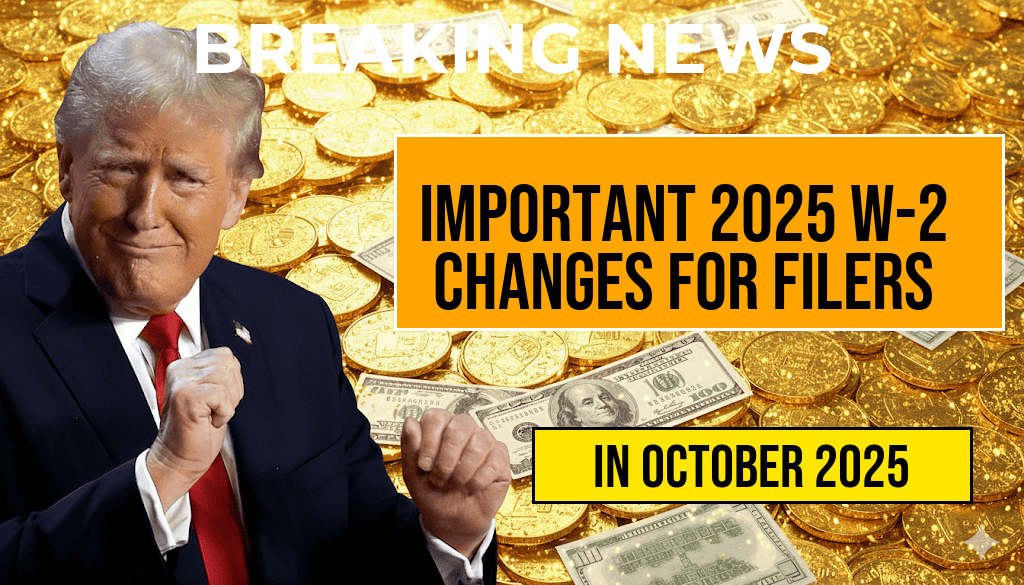As the U.S. economy continues to grapple with inflation and rising interest rates, millions of borrowers are bracing for a significant financial burden. Starting this year, many federal student loan borrowers will see their monthly payments increase by as much as $400, following a three-year pause on payments due to the COVID-19 pandemic. This staggering rise in financial responsibility is expected to impact a variety of demographics, with young professionals, recent graduates, and lower-income borrowers being the most affected. The return to repayment is not just a personal challenge; it could also have broader economic implications, such as reduced consumer spending and increased stress on household budgets.
Who Will Experience the Largest Increases?
The upcoming student loan payment adjustments will disproportionately affect certain groups. Here’s a breakdown of who is likely to feel the most significant financial strain:
- Recent Graduates: Many young professionals entering the workforce have student loan debts that can exceed $30,000. With entry-level jobs often offering modest salaries, an increase of $400 per month can be a substantial percentage of their income.
- Borrowers with High Balances: Those with larger loans, particularly those who pursued graduate degrees, may see even higher increases as they transition back to repayment.
- Low-Income Borrowers: Individuals earning lower wages may struggle the most, as the increased payments could consume a larger portion of their monthly income.
Understanding the Impacts on Borrowers
The decision to resume student loan payments comes after a prolonged suspension tied to the pandemic. According to the U.S. Department of Education, the average monthly payment for federal student loans is approximately $400, but many borrowers will see their payments increase based on their loan amounts and repayment plans.
Financial Strain and Budgeting Challenges
For many households, this increase in payments will necessitate a reevaluation of monthly budgets. Financial advisors recommend that borrowers take proactive steps to manage their finances effectively. Key strategies include:
- Creating a Detailed Budget: Understanding all sources of income and expenses will help borrowers identify areas where they can cut back.
- Exploring Repayment Plans: Borrowers may be eligible for income-driven repayment plans that adjust payments based on their earnings.
- Seeking Financial Counseling: Professional financial advisors can provide personalized strategies for managing student debt.
The Economic Ripple Effect
The return to student loan payments could have broader implications for the economy. As borrowers allocate more of their income to debt repayment, spending on discretionary items may decline. This shift could affect various sectors, from retail to housing, as consumer confidence and purchasing power diminishes.
Potential Policy Responses
In light of the impending financial strain on millions of borrowers, policymakers are being urged to consider solutions to alleviate the burden. Some suggested measures include:
- Extending the Pause: Advocates argue that the government should consider extending the payment pause, especially for low-income borrowers.
- Forgiveness Programs: Expanding existing loan forgiveness programs could provide relief for those in public service or low-income professions.
- Interest Rate Reductions: Lowering interest rates on federal student loans could help borrowers manage their debt more effectively.
Conclusion
As the deadline for repayment approaches, millions of Americans face a looming financial challenge. With the potential for monthly payments to spike by $400, many will need to reassess their financial strategies. While the return to normalcy in student loan repayment aims to stabilize the economy, it poses significant risks for borrowers already struggling with financial insecurity. Stakeholders are watching closely to see how both borrowers and policymakers will navigate this new landscape.
For further details about student loan repayment options, you can visit the Forbes Advisor on Student Loan Repayment Options or refer to the Wikipedia page about Student Loans in the United States.
Frequently Asked Questions
What is causing the $400 monthly increase in student loan payments?
The increase in student loan payments is primarily due to the expiration of the federal student loan payment pause, which was implemented during the COVID-19 pandemic. As this pause ends, borrowers will need to resume their regular payments, leading to a significant rise in monthly costs for many.
Who will be affected first by these payment increases?
The first group to be affected will likely be those who have the highest balances and were previously on income-driven repayment plans. Additionally, graduates from for-profit colleges and private institutions may face steeper increases due to their higher average debt loads.
What options do borrowers have to manage the increased payments?
Borrowers can explore several options to manage the increased payments, including enrolling in income-driven repayment plans, seeking loan consolidation, or applying for deferment or forbearance. It’s important for borrowers to communicate with their loan servicers to understand their options.
Are there any government programs to assist those struggling with student loan payments?
Yes, the government offers various programs aimed at assisting borrowers, including loan forgiveness programs for public service workers, and options like the Public Service Loan Forgiveness (PSLF) program designed to relieve the debt burden for eligible individuals.
What should borrowers do to prepare for the resumption of payments?
Borrowers should start by reviewing their financial situation and budgeting for the resumption of payments. This includes updating their contact information with loan servicers, understanding their repayment options, and possibly adjusting their spending to accommodate the new payment amounts.






